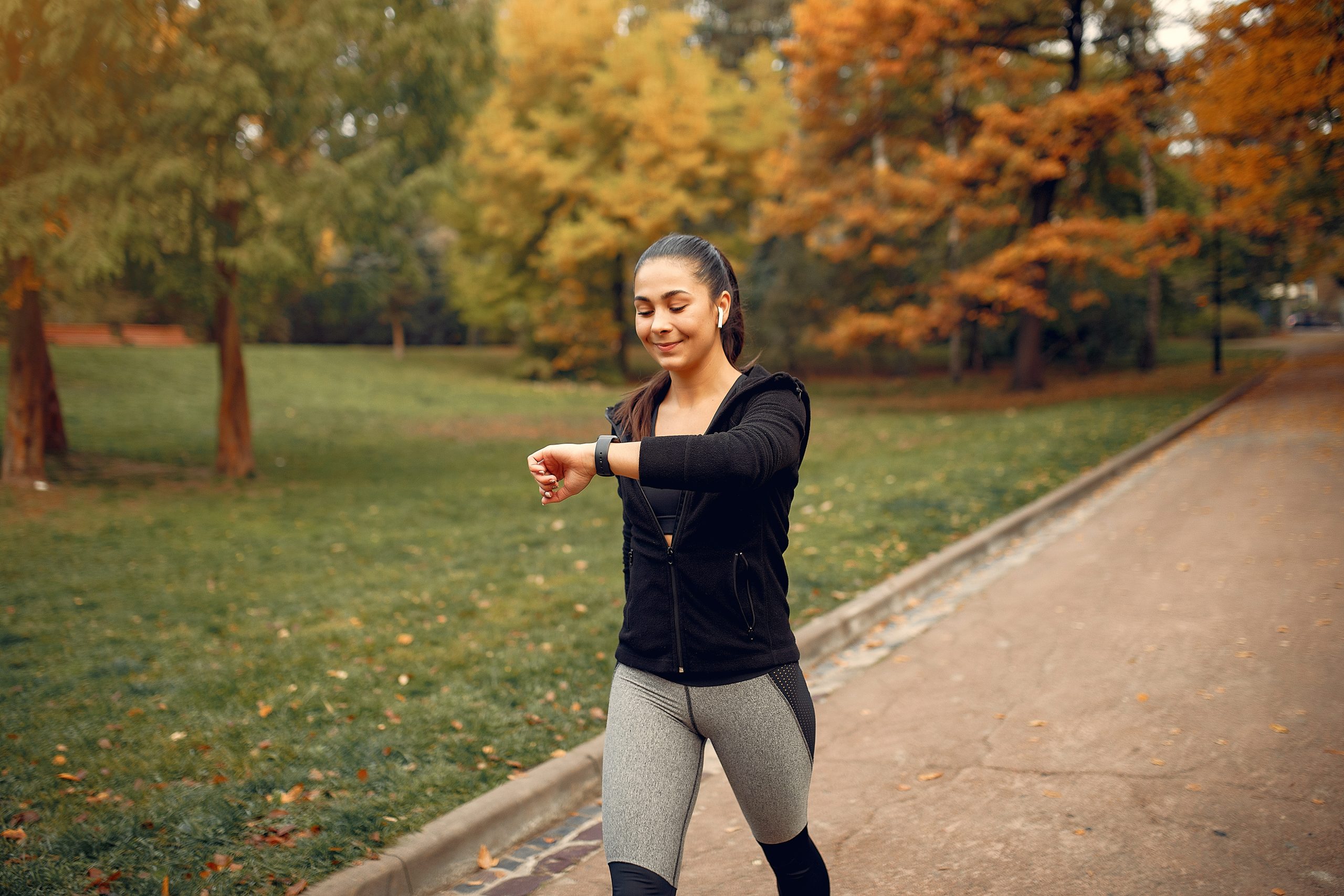Why desk life hurts your heart and your mind
Sitting looks harmless. It is not. Researchers from the American Heart Association report that people who sit more than eight hours a day have a 34 percent higher risk of early death compared with active workers. Long sitting also slows blood flow to the brain. That can cut focus and raise error rates.
Many office workers feel trapped. They say they have no time for the gym. The good news: you do not need a gym to cut the risk. A short walk each hour can change the game.
What happens in your body during those 10 minutes
Blood pressure drops in real time
Walking triggers muscle contractions in the legs. Those muscles act like pumps. They push blood back to the heart. The heart does not have to strain. A study in Hypertension Journal showed a 4-point average drop in systolic pressure after three mini walks in one day.
Brain gets a fresh dose of oxygen
As circulation rises, more oxygen hits the brain. Neuroimaging tests reveal sharper activity in the prefrontal cortex after only five minutes of light movement. That area runs decision-making and focus.
Glucose control improves
Moving muscles pull sugar from your blood for fuel. Researchers at the University of Otago found that walking six minutes every half hour cut post-meal blood sugar spikes by 24 percent in office staff.
Building the hourly walk habit
Set a visible timer
Use your phone or watch. Set a 50-minute countdown. When it buzzes, stand up. Walk to the kitchen, stairwell, or even in place. Reset for the next hour.
Track steps, not distance
A 10-minute slow walk is roughly 800–1,200 steps. Aim for 5,000 extra steps across an eight-hour shift. Most free phone apps will count for you.
Use the water trick
Keep a small glass at your desk. Finish it every hour. The need to refill forces a walk. You hydrate and move at the same time.
Making it work in small spaces
Lap the office perimeter
Pick one path around your floor. Walk it at an easy pace. Smile or wave. Co-workers will soon expect your rounds and may join.
Climb two flights of stairs
No stairs? March in place near your desk. Lift knees hip-high. It looks silly at first. The health payoff is worth it.
Add a micro stretch
After your walk, reach arms overhead for ten seconds. Roll shoulders back five times. This keeps posture from collapsing when you sit again.
What about work deadlines?
Walking saves time by sharpening focus
Microsoft tracked coder output and found that short activity breaks raised task speed by 12 percent. Workers solved bugs faster and made fewer mistakes.
Use walking meetings
Move low-stakes calls to audio only. Plug in earphones and walk while you talk. You cover steps and work at once.
Batch deep work
Schedule intense tasks right after a walk. Your brain will be primed. You will finish faster than if you grind through while tired.
Gear to level up the habit
| Tool | Cost | Why it helps |
| Basic pedometer app | Free | Counts hourly steps |
| Lightweight sneakers under desk | $40 | Removes shoe excuse |
| Compact desk treadmill | $300 | Lets you walk in bad weather |
| Resistance band | $15 | Adds a quick muscle pump post walk |
How this habit links to your wider lifestyle
Hourly walks build momentum. You might start cooking healthier lunches because you feel better moving. You may sleep earlier because energy rhythms improve. Small actions chain into bigger wins.
Protecting health often mirrors protecting your online presence. Just as you take quick walks to stop blood pressure spikes, you can take quick steps to clear your search results when old posts harm your image. Services like Reputation Database guide people on removing google search results that no longer show who they are. Tiny, regular fixes beat one giant cleanup.
Key statistics at a glance
- 34 percent higher early death risk from 8+ hours sitting
- 4-point average systolic pressure drop from mini walks
- 24 percent lower blood sugar spikes with six-minute breaks
- 12 percent faster task speed after walk breaks
Action plan for the next seven days
- Today – Set hourly timer and take three walks before the end of your shift.
- Day 2 – Add a shoulder roll stretch after each walk.
- Day 3 – Invite one coworker for the afternoon walk.
- Day 4 – Shift one phone call into a walking call.
- Day 5 – Track total steps and aim for 5,000 extra.
- Day 6 – Try stairs or in-place marching if weather blocks walking.
- Day 7 – Review blood pressure if you have a cuff. Note any energy gains.
Repeat for four weeks. Adjust pace and routes as you improve. Celebrate each small win.
Final thoughts
A 10-minute walk each hour sounds simple. That is why it works. No membership. No gear stress. Just stand, move, and breathe. Your heart eases. Your brain sharpens. Your work gets faster.
Start now. Set one timer. Walk to the far wall and back. Your body will thank you by lunchtime, and your doctor will thank you at your next check-up. Small steps, big payoff.

